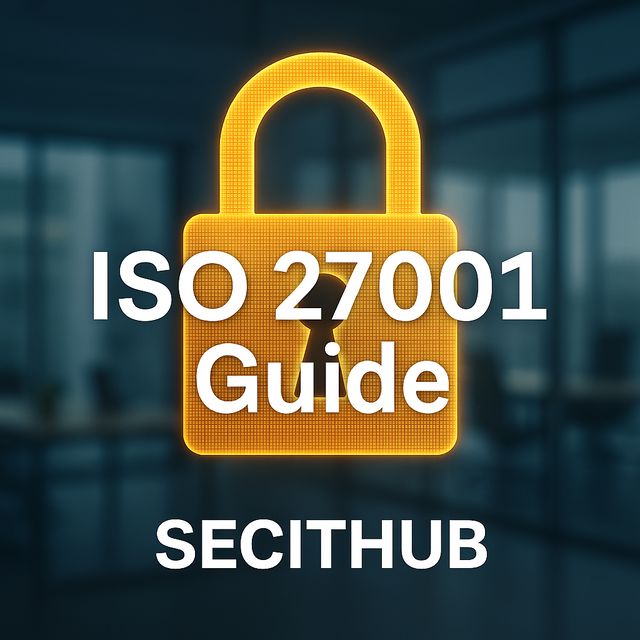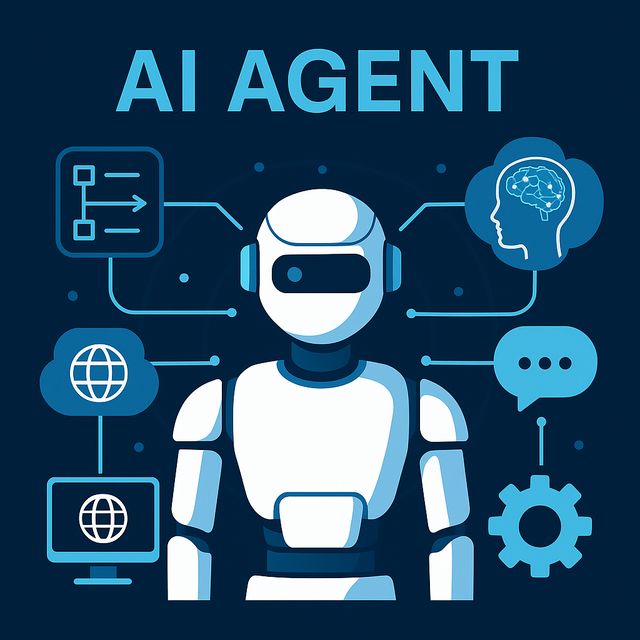The Security Challenges of Remote Work
The shift toward remote work has transformed how organizations operate, but it has also introduced significant cybersecurity challenges. Employees accessing corporate resources from home, public Wi-Fi, or personal devices create expanded attack surfaces, increasing the risks of phishing attacks, endpoint compromise, data exfiltration, and unauthorized access.
Cybercriminals are capitalizing on weak authentication mechanisms, insecure home networks, and misconfigured remote access policies to exploit vulnerabilities in organizations that lack a structured security framework. Without proper safeguards, remote employees can become the weakest link in an organization’s security posture.
This article explores the key security risks associated with remote work and outlines best practices for organizations to secure their remote workforce using advanced cybersecurity frameworks such as Zero Trust, Secure Access Service Edge (SASE), endpoint protection, and secure VPNs.
Understanding the Cyber Risks of Remote Work
Endpoint Security Risks
With employees working from personal devices or unprotected home networks, endpoints become prime targets for cyber threats:
- Malware & Ransomware: Unpatched personal laptops and mobile devices are susceptible to malware infections.
- Credential Theft: Weak passwords and lack of multi-factor authentication (MFA) make remote employees easy phishing targets.
- Unsecured IoT Devices: Personal smart devices on the same network as work devices can be exploited by attackers.
Data Security and Exfiltration Threats
Remote employees often work with sensitive corporate data, making it imperative to prevent data leaks and unauthorized access:
- Shadow IT Risks: Employees using unapproved applications or cloud storage services increase the risk of data exposure.
- Misconfigured Cloud Access: Insecure cloud configurations can leave data repositories exposed.
- Lack of Encryption: Sensitive data transmitted over the internet without encryption can be intercepted by attackers.
Network & VPN Vulnerabilities
- Unsecured Public Wi-Fi: Employees accessing corporate networks from coffee shops, airports, or coworking spaces are vulnerable to man-in-the-middle (MitM) attacks.
- VPN Misuse or Weak Configurations: Traditional VPNs with static credentials pose a risk if compromised credentials are sold on the dark web.
- DDoS & Brute-Force Attacks: Remote desktop access and VPN gateways are common attack vectors.
Best Practices for Securing a Remote Workforce
Implement a Zero Trust Security Model
The Zero Trust framework is built on the principle of “Never trust, always verify.” This means organizations must continuously authenticate and authorize every access request, regardless of the user’s location.
Key components of Zero Trust for remote work
- Multi-Factor Authentication (MFA): Enforce MFA for all users accessing corporate applications.
- Least Privilege Access: Restrict access to resources based on the employee’s role and necessity.
- Continuous Monitoring: Implement real-time access monitoring and anomaly detection to detect suspicious activity.
Secure Endpoint Devices
With remote employees using a mix of corporate-issued and personal devices, endpoint security must be a priority.
Steps to secure endpoints
- Deploy Endpoint Detection & Response (EDR) Solutions: Advanced threat detection tools monitor and isolate suspicious activity in real-time.
- Use AI-Powered Anti-Malware: AI-driven security tools can detect and prevent sophisticated cyber threats.
- Ensure Regular Patching & Updates: Keep operating systems, browsers, and applications up to date to mitigate vulnerabilities.
- Enable Device Encryption: Protect sensitive corporate data on employee devices.
Enforce Secure Network Access
Since remote employees rely on home and public networks, securing network access is critical.
Implement a Secure VPN or SASE Framework
- Use Zero Trust Network Access (ZTNA) for verifying user and device identity before granting access.
- Encrypt data traffic with IPSec or SSL VPN to prevent eavesdropping.
- Monitor VPN connections for anomalies that indicate potential security breaches.
Encourage Use of Corporate DNS Filtering:
- Block access to malicious websites that serve phishing attacks and malware.
- Prevent employees from inadvertently accessing dangerous domains.
Secure Cloud Collaboration Tools & SaaS Applications
Remote teams often rely on cloud-based tools like Google Workspace, Microsoft 365, and Slack. Without proper security measures, these can become points of failure.
Secure Cloud Access with CASB (Cloud Access Security Broker)
- Enforce DLP (Data Loss Prevention) policies to prevent unauthorized file sharing.
- Monitor user behavior analytics to detect unusual data access patterns.
Enforce Role-Based Access Controls (RBAC)
- Limit employee permissions to prevent unnecessary exposure of sensitive data.
- Revoke access immediately for departing employees.
Improve Employee Cybersecurity Awareness
The human factor remains the biggest cybersecurity risk. Regular security awareness training can mitigate social engineering threats.
Essential training topics
- How to spot phishing emails and social engineering scams.
- Safe remote work practices, including secure device handling.
- Recognizing unusual login attempts and reporting security incidents.
Monitor & Audit Remote Access
Without visibility into remote access logs, detecting insider threats and external attacks becomes nearly impossible.
Log & Monitor All Remote Sessions:
- Maintain logs of remote login attempts, file transfers, and administrative changes.
- Implement SIEM (Security Information & Event Management) tools for real-time alerts
Regular Security Audits & Compliance Checks:
- Ensure that remote work policies align with compliance requirements such as GDPR, NIST, and ISO 27001.
- Conduct simulated penetration tests to evaluate security defenses.
Strengthening Cybersecurity in Remote Work Environments
As remote work continues to evolve, organizations must take a proactive approach to securing their workforce. Cyber threats targeting remote employees are only growing more sophisticated, making endpoint security, network protection, Zero Trust architecture, and continuous monitoring essential components of a resilient cybersecurity strategy.
Key Takeaways
- Zero Trust & MFA are critical for preventing unauthorized access.
- Secure VPN & SASE frameworks ensure encrypted and monitored network access.
- EDR solutions & AI-driven threat detection protect endpoints from malware & phishing.
- Cloud security measures help safeguard sensitive corporate data.
- Employee cybersecurity training reduces human-related security risks.
By implementing robust security controls and best practices, organizations can create a secure and resilient remote workforce, minimizing cyber risks while enabling productivity and flexibility.
References
National Credit Union Administration (NCUA): “Cybersecurity Considerations for Remote Work”


